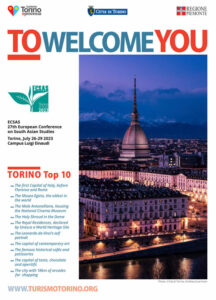Presenter
Takemura Yoshiaki - National Museum of Ethnology, Global Area Studies Programe, Suita, JapanPanel
13 – The Travelling Female Performer: Mobility and Agency in and beyond South Asia, c. 1760-1940Abstract
Indian classical dance has undergone significant changes in contexts, practitioners, and performances, triggered by the process of social change and modernization since the early 20th century. In South India, a traditional dance, Sadir, had been passed down among the devadasis, but was reconstructed as Bharatanatyam by the high caste elites, and developed starting with educational institutions such as Kalakshetra both domestically and internationally. Most studies have focused on the historical background and social context of these movements, as well as on trends related to the development of Bharatanatyam globally. In the late 19th century, Sadir was introduced to Singapore by Devadasis who migrated from South India and performed at Hindu temples. Thereafter the late 20th century, individual dancers, who had studied at Kalakshetra and other schools, have migrated to Singapore and started teaching Bharatanatyam at their schools. This paper will examine the layers of propagation of Bharatanatyam and its politics in Singapore in the 20th century focusing on the experience of a dancer from Kerala who was trained in the devadasi style and moved to Singapore upon her marriage in the 1950s. It will discuss how she has developed her aesthetic and values of Bharatanatyam under the influence of multiculturalism and how Bharatanatyam has developed not only as a local culture among the Indian diaspora community but also as a national culture by the state in Singapore.


